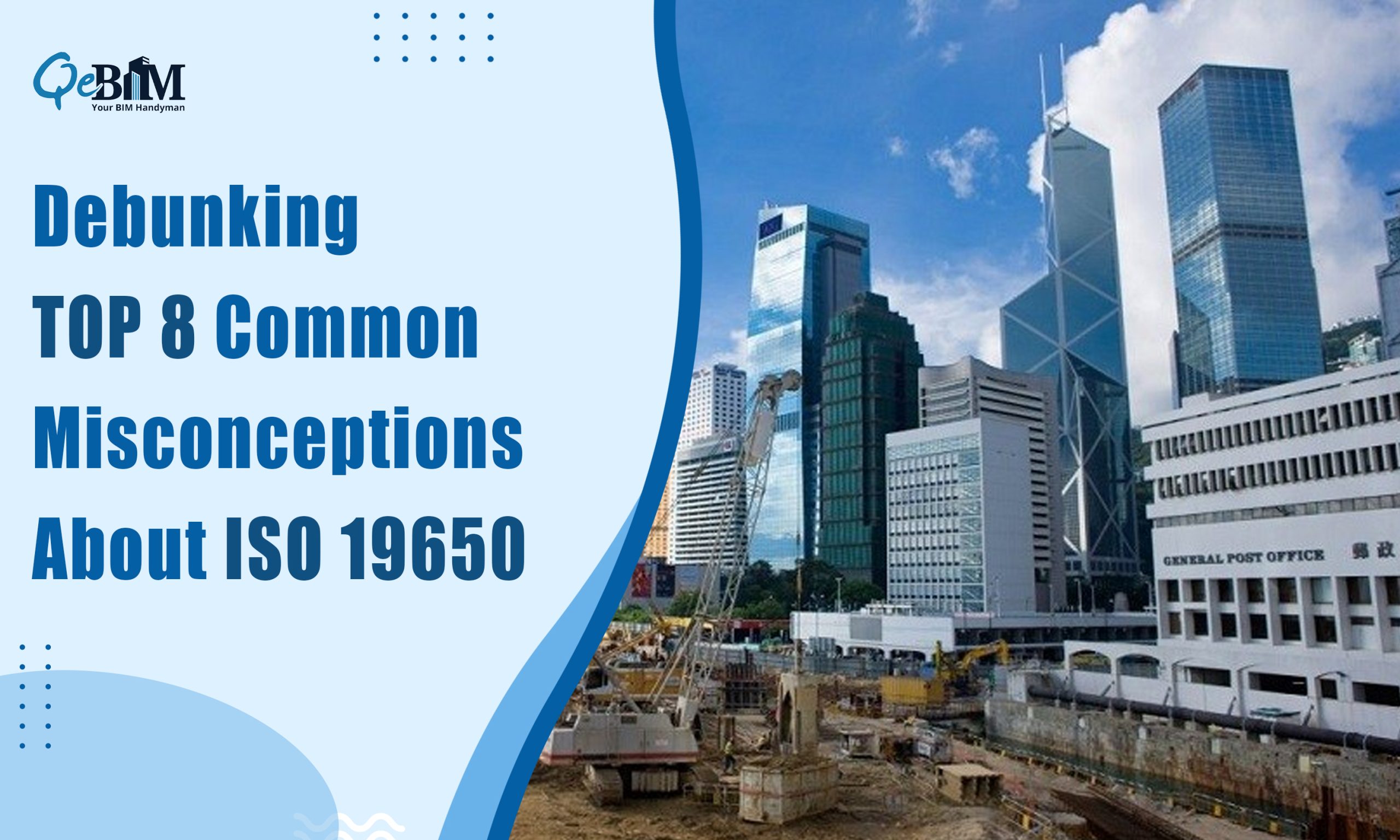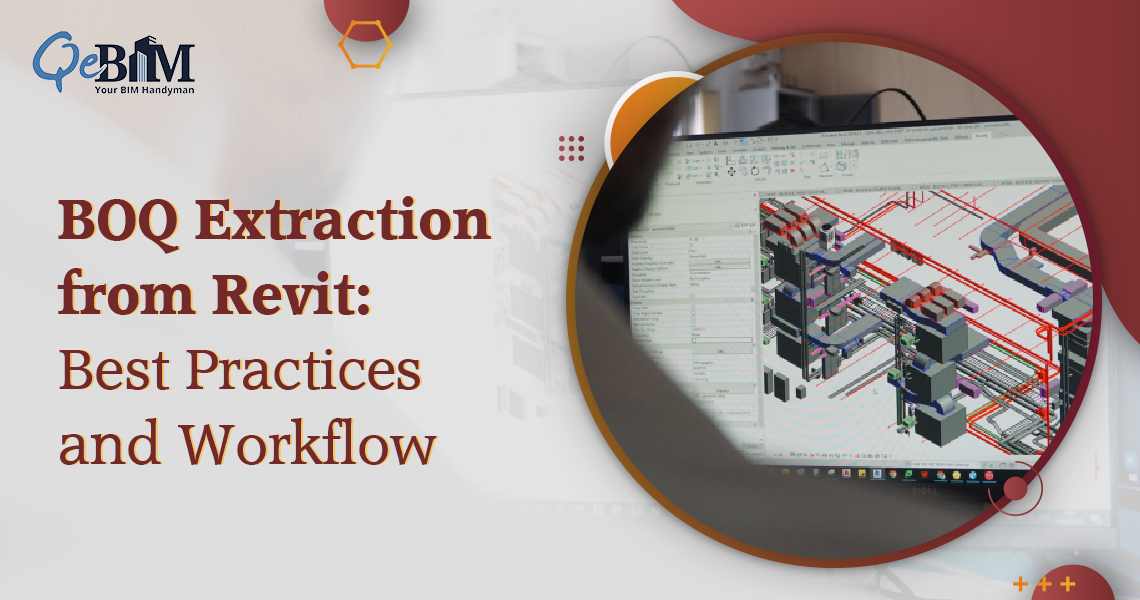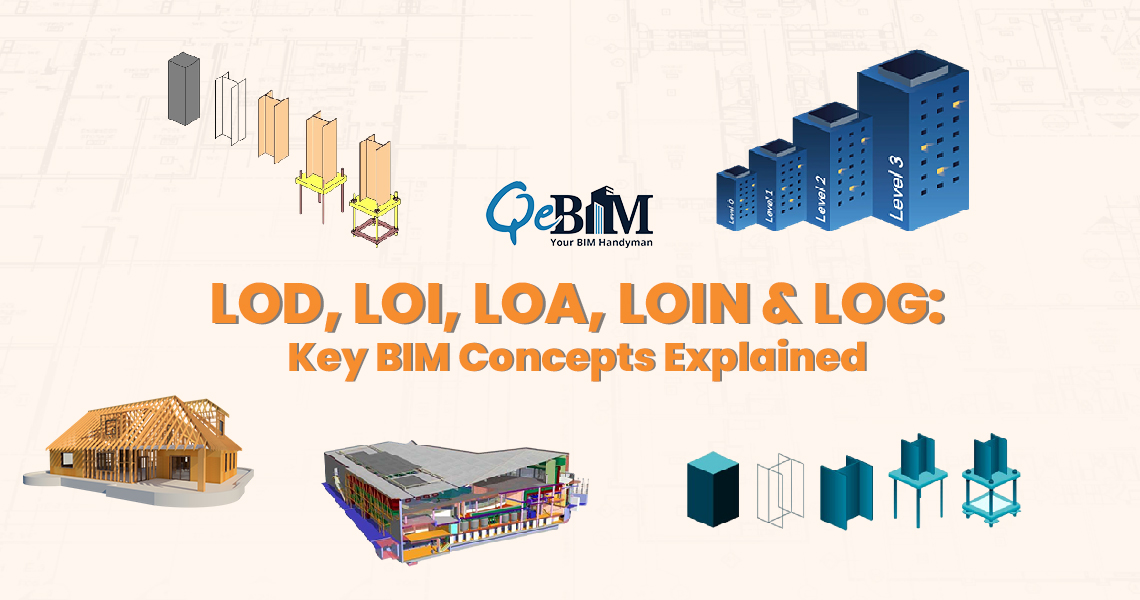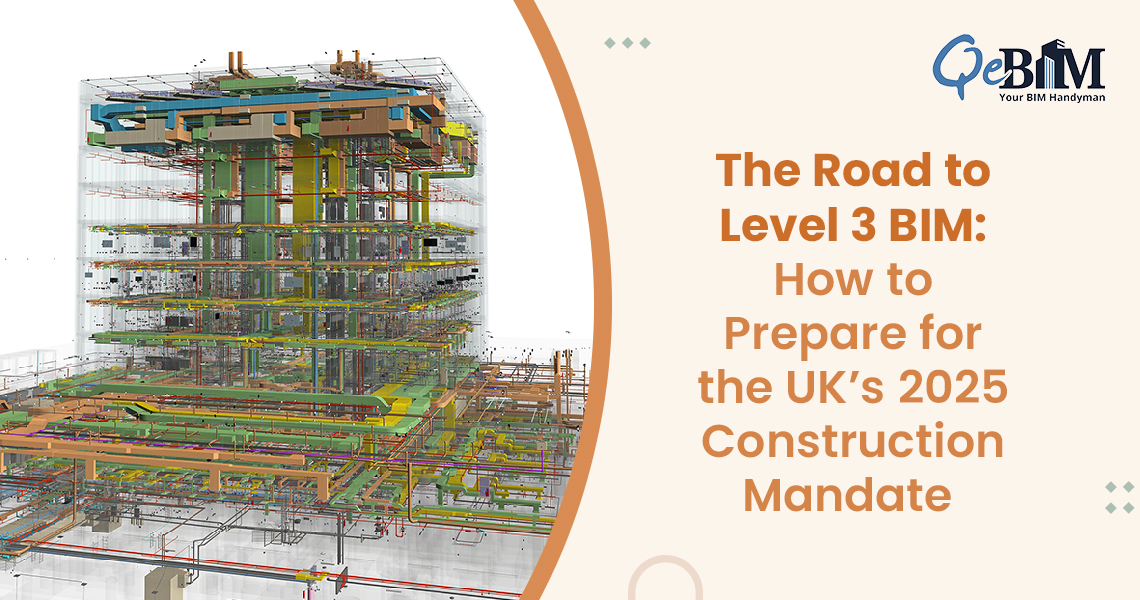Introduction
The incorporation of Building Information Modelling (BIM) has brought about a transformative impact on the architecture, engineering, and construction (AEC) sector, fostering improved collaboration and project efficiency. To establish uniformity in BIM procedures worldwide, the International Organization for Standardization (ISO) introduced ISO 19650.
What is ISO 19650?
ISO 19650 stands as an international standard that offers guidelines for managing information within the construction industry through Building Information Modelling (BIM). BIM entails a digital representation of both the physical and functional attributes of a building or infrastructure, serving purposes such as design, construction, and operational management across its entire lifecycle. Part of a series of standards formulated by the International Organization for Standardization (ISO) to standardize BIM processes globally, ISO 19650 concentrates on information management throughout the entire lifespan of a constructed asset. This encompasses phases from initial concept and design to construction, and ultimately to operation and maintenance. The primary objective is to enhance collaboration, diminish errors, and optimize the efficiency of construction projects by establishing a shared framework for the management of digital information.
Despite its significance, there are several misconceptions surrounding ISO 19650 that need clarification for professionals seeking to implement these standards effectively.
Misconception 1: ISO 19650 is Only for Large Organizations
One prevalent misconception is that ISO 19650 is designed exclusively for large AEC organizations
In practice, ISO 19650 is versatile and suitable for projects of diverse sizes and complexities. The standards offer a customizable framework that can be adjusted to align with the unique requirements of a project, irrespective of its magnitude. Smaller organizations can benefit from the structured approach that ISO 19650 offers, ensuring consistency and quality in their BIM processes.
Misconception 2: ISO 19650 is Only Relevant to BIM Managers
While BIM managers play a crucial role in implementing ISO 19650, the standards are not exclusive to this role. ISO 19650 is designed to guide all members involved in a construction project, right from AEC experts to facility managers. Each party has a unique set of responsibilities outlined in the standards, emphasizing collaboration and information sharing throughout the project lifecycle. Understanding these roles and responsibilities is essential for the successful implementation of ISO 19650.
Misconception 3: ISO 19650 is Too Prescriptive
Some industry professionals perceive ISO 19650 as overly prescriptive, limiting creativity and flexibility in project execution. However, the standards are intentionally designed to provide a flexible framework that accommodates diverse project requirements. ISO 19650 focuses on defining processes and workflows rather than dictating specific technologies or tools. This flexibility allows Drafting Company to adapt and innovate while still adhering to the fundamental principles of information management outlined in the standards.
Misconception 4: ISO 19650 is a Mandatory Standard
While compliance with ISO 19650 is encouraged and often beneficial, it is not a mandatory standard. Organizations may choose to adopt ISO 19650 voluntarily to improve their BIM processes and enhance collaboration. However, it’s essential to note that some projects or clients may require adherence to ISO 19650 as part of contractual agreements. Understanding the voluntary nature of ISO 19650 allows BIM Company to make informed decisions based on their specific needs and project requirements.
Misconception 5: ISO 19650 is Only About Digital Models
Another common misconception is that ISO 19650 is solely concerned with digital models and neglects other crucial aspects of project delivery. In reality, the standards address the entire project information lifecycle, encompassing both digital and non-digital information. This includes documentation, contracts, and communication protocols, emphasizing the importance of a holistic approach to information management. ISO 19650 aims to enhance collaboration by ensuring that all relevant information is effectively managed and shared among project stakeholders.
Misconception 6: ISO 19650 is a One-Time Implementation
Adopting ISO 19650 is a continuous process that evolves throughout the project lifecycle, rather than a one-time undertaking. Some professionals incorrectly assume that once the standards are put in place, there is no requirement for subsequent adjustments. In reality, ISO 19650 encourages continuous improvement through feedback loops and regular assessments. Organizations are encouraged to review and refine their processes based on project experiences, technological advancements, and industry best practices.
Misconception 7: ISO 19650 is Only About Compliance
While compliance with ISO 19650 is essential, the standards go beyond mere box-ticking. ISO 19650 fosters a culture of collaboration, communication, and transparency among project stakeholders.
Achieving successful implementation is closely tied to realizing the advantages of increased efficiency, minimized errors, and improved project outcomes. Organizations should view ISO 19650 not just as a set of rules to follow but as a framework for achieving excellence in BIM processes.
Misconception 8: ISO 19650 is Just for the Construction Industry
Contrary to the belief that ISO 19650 is exclusive to the construction industry, the standards are applicable to various sectors beyond construction. They can be adapted for use in infrastructure projects, facility management, and even in industries where effective information management is critical. ISO 19650 offers a comprehensive framework for overseeing information across the entire lifespan of a constructed asset, establishing it as a valuable tool across diverse fields.
Conclusion
Understanding and dispelling common misconceptions about ISO 19650 is crucial for the successful implementation of BIM processes. The standards provide a flexible framework applicable to projects of all sizes, involving all stakeholders throughout the project lifecycle. ISO 19650 is not just about digital models; it encompasses the entire information lifecycle, promoting collaboration and efficiency. Unlocking the complete potential of ISO 19650 hinges on a commitment to continuous improvement and a holistic approach to information management. By debunking these misconceptions, the AEC industry can embrace ISO 19650 as a valuable tool for navigating the complexities of modern construction projects.





